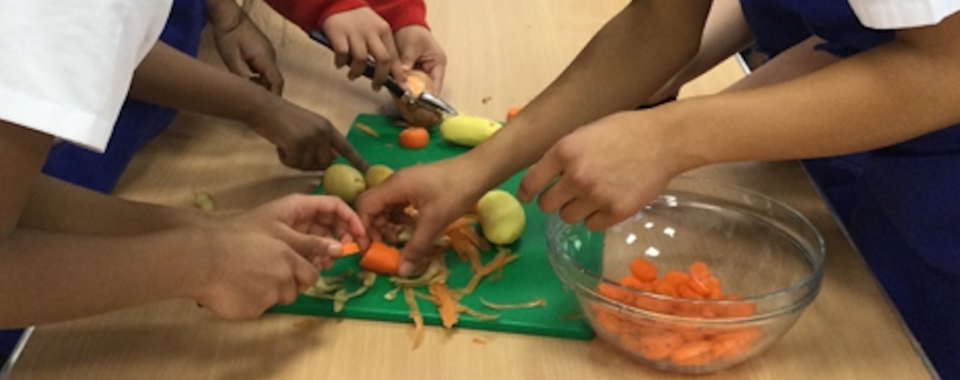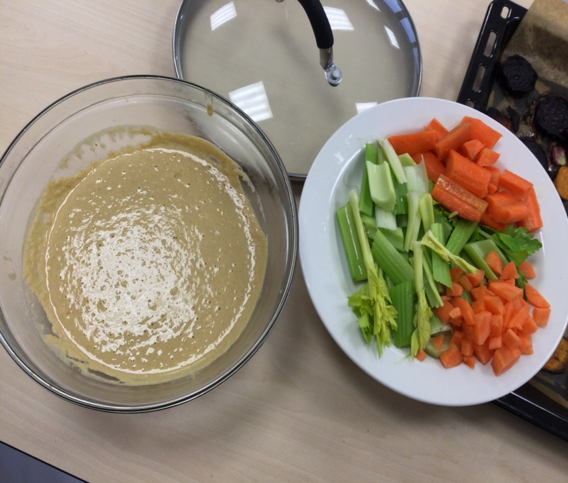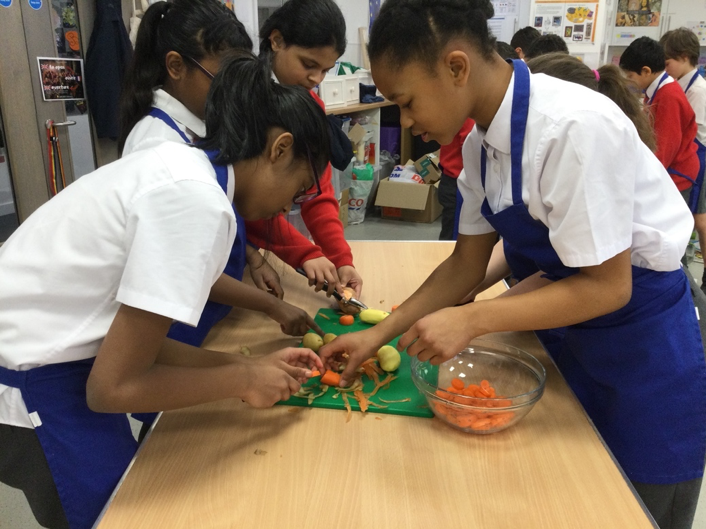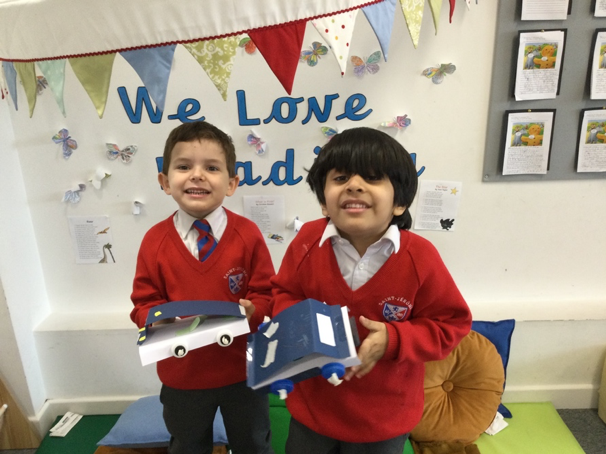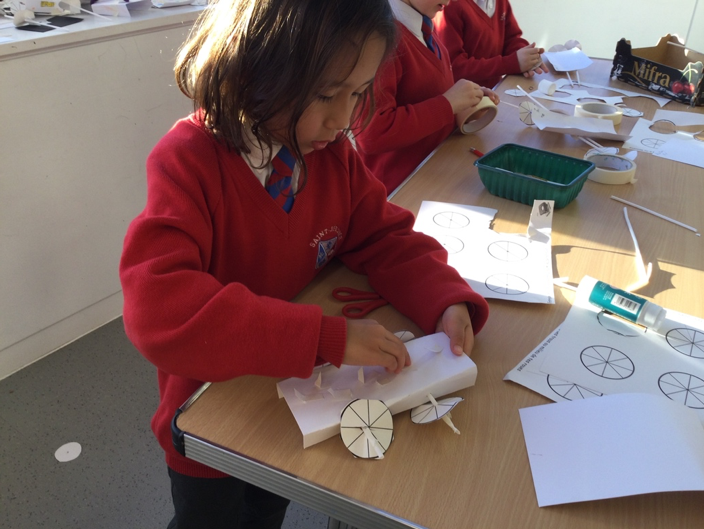Design and Technology
The best way to predict the future is to invent it. – Alan Kay
At Saint Jerome, we believe that Design and Technology (D&T) is a subject that empowers students to think creatively, solve real-world problems, and engage with the world around them through hands-on learning. Our D&T curriculum encourages pupils to use their imagination, develop practical skills, and think critically – all while fostering a deep understanding of design principles.
We show our students why these skills matter. From designing sustainable shelters to building functional structure, pupils are encouraged to consider the real-world applications of their designs. Our D&T projects often link to other subjects, such as science and mathematics, ensuring that pupils make connections between different areas of learning.
Key Skills we develop
Saint Jerome’s approach to D&T supports the development of essential life skills, including:
- Creativity: Pupils are encouraged to think outside the box and come up with innovative solutions.
- Problem-Solving: Students tackle real-life design challenges, learning how to test, iterate, and refine their ideas.
- Teamwork: Many D&T projects are collaborative, allowing pupils to learn how to work effectively with others and share ideas.
- Resilience: Designing and making involves trial and error. Pupils develop persistence as they refine their projects, learn from mistakes, and celebrate their successes.
- Critical Thinking: Pupils learn to evaluate their work and others’, making decisions based on logical reasoning and evidence.
- Practical Skills: From using scissors to programming simple robots, D&T offers a range of hands-on experiences that develop fine and gross motor skills.
How is Design and Technology taught at Saint Jerome?
- Design: Children develop ideas for products based on clear criteria, considering the needs of users and the materials and technologies available.
- Make: the children create prototypes and models using a variety of tools, techniques, and materials. This is where children apply their design ideas and experiment with different processes.
- Evaluate: They critically assess products and designs, including their functionality, aesthetics, and potential improvements.
- Technical Knowledge: Children learn the practicalities of making things, including understanding how materials and tools work, the properties of different materials, and the processes involved in creating functional products.
Overview
- Key Stage 1 (Ages 5-7): Pupils begin by exploring basic design processes, developing an understanding of different materials, and learning simple construction techniques. They make products for specific purposes, such as designing and making a simple moving toy or creating a collage. In Year 1 the children learn about wheel axles and chassis. They design a miniature taxi.
- Key Stage 2 (Ages 7-11): Students deepen their understanding of design principles and learn more complex techniques, including textiles, food technology, and electronics. They begin working on larger-scale projects, like creating a sustainable product or designing a functional model to solve a problem. In Year 3, children learn about cam mechanisms. They design and create miniature toys.
Please view our curriculum map here.

